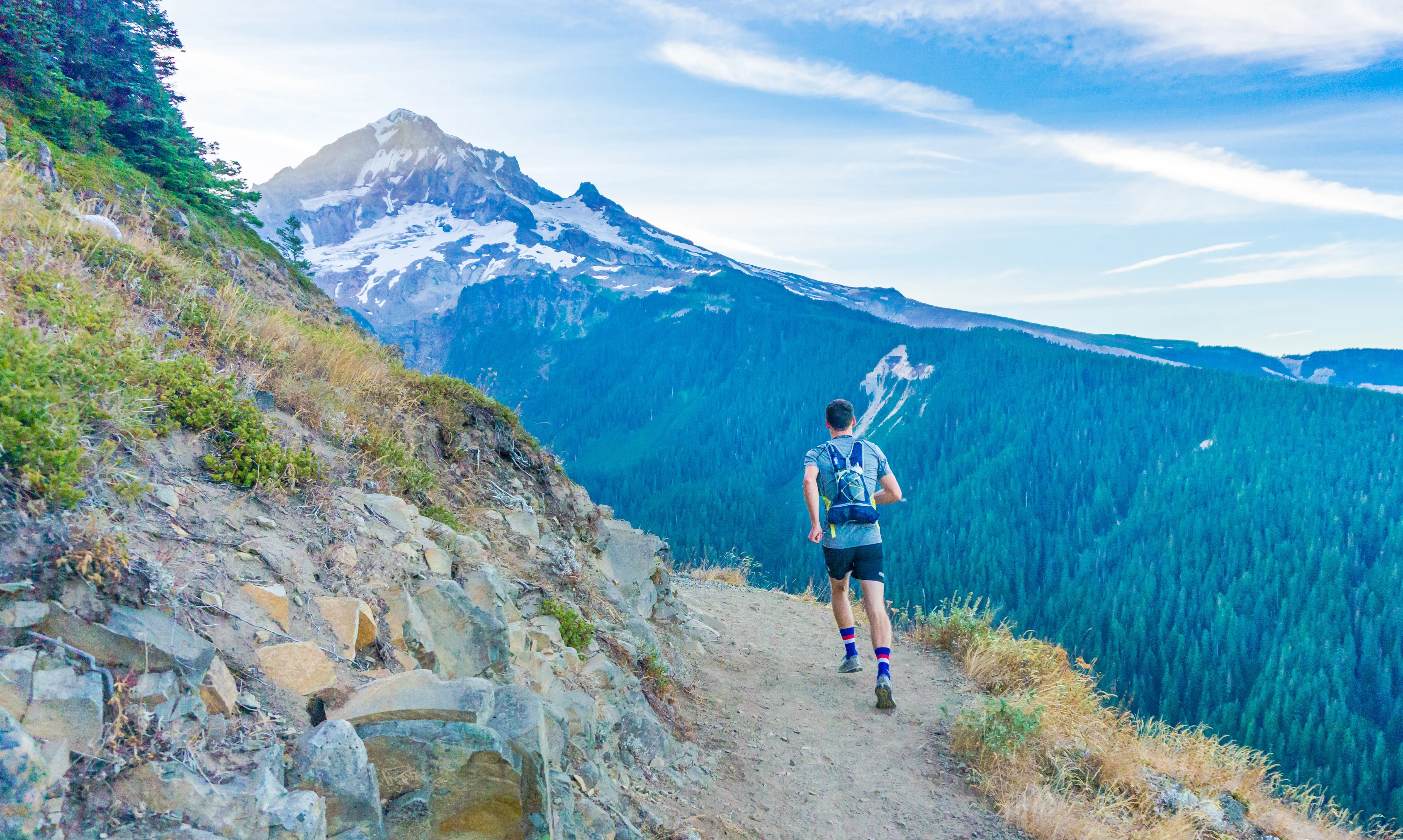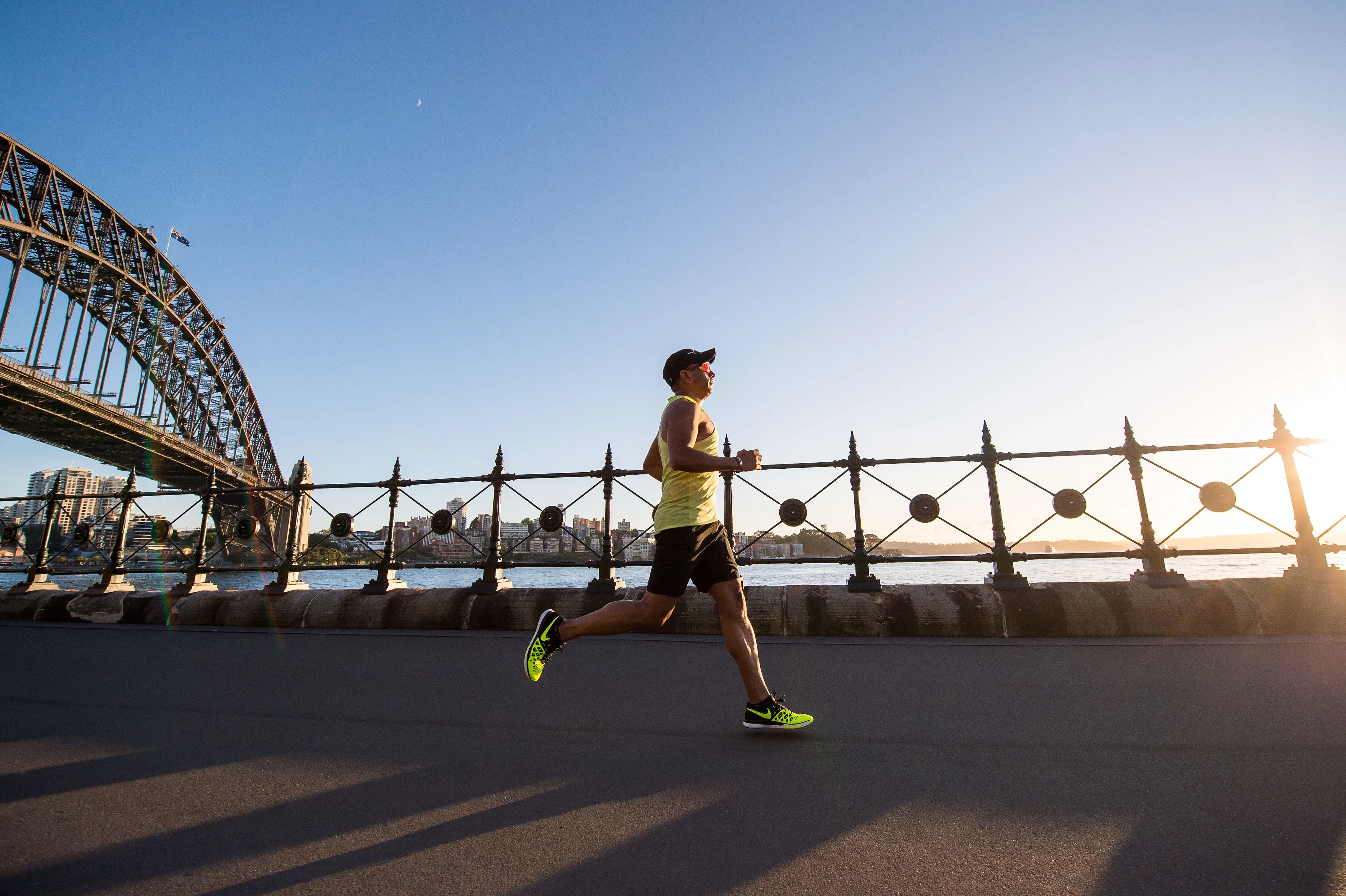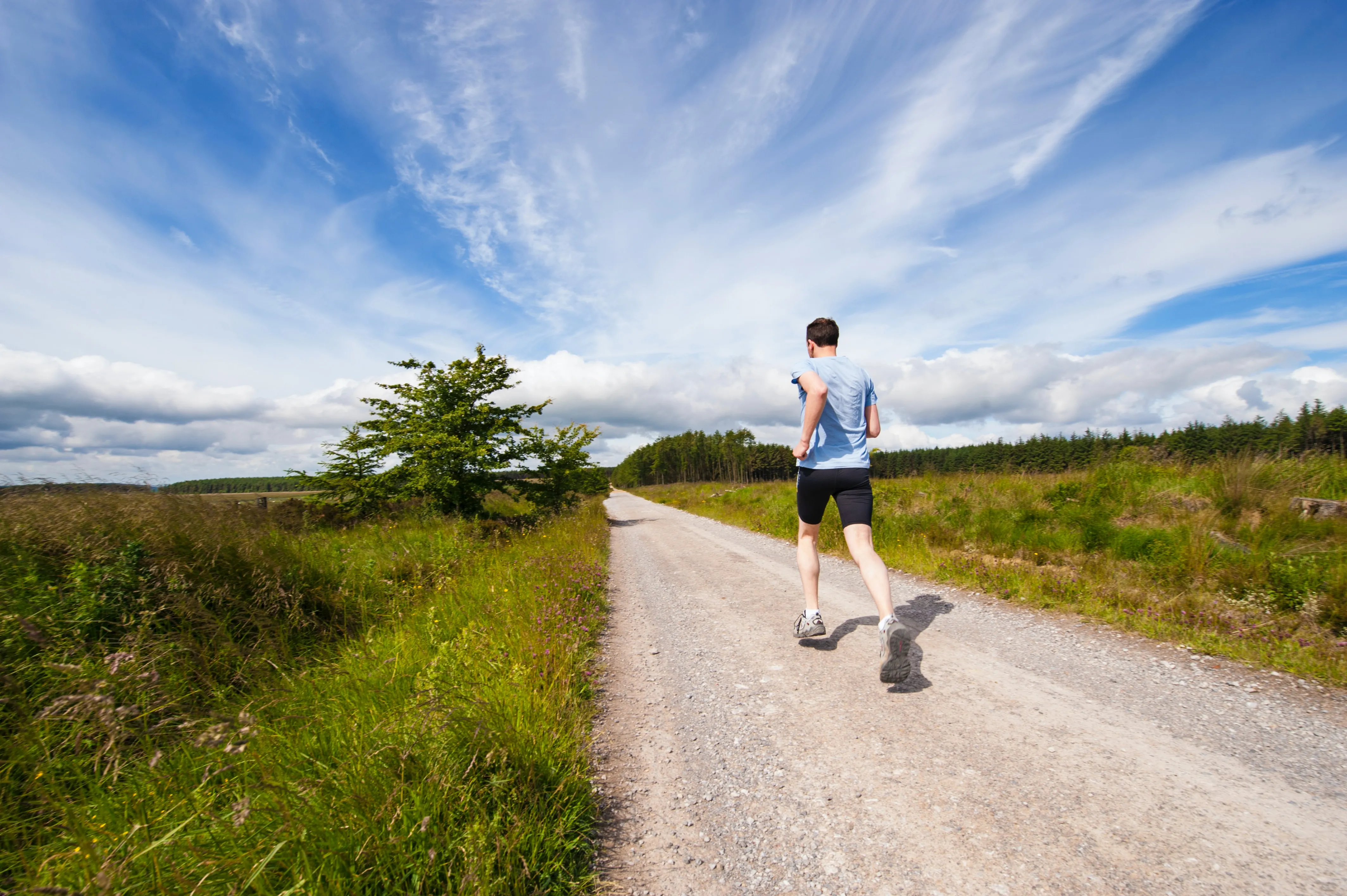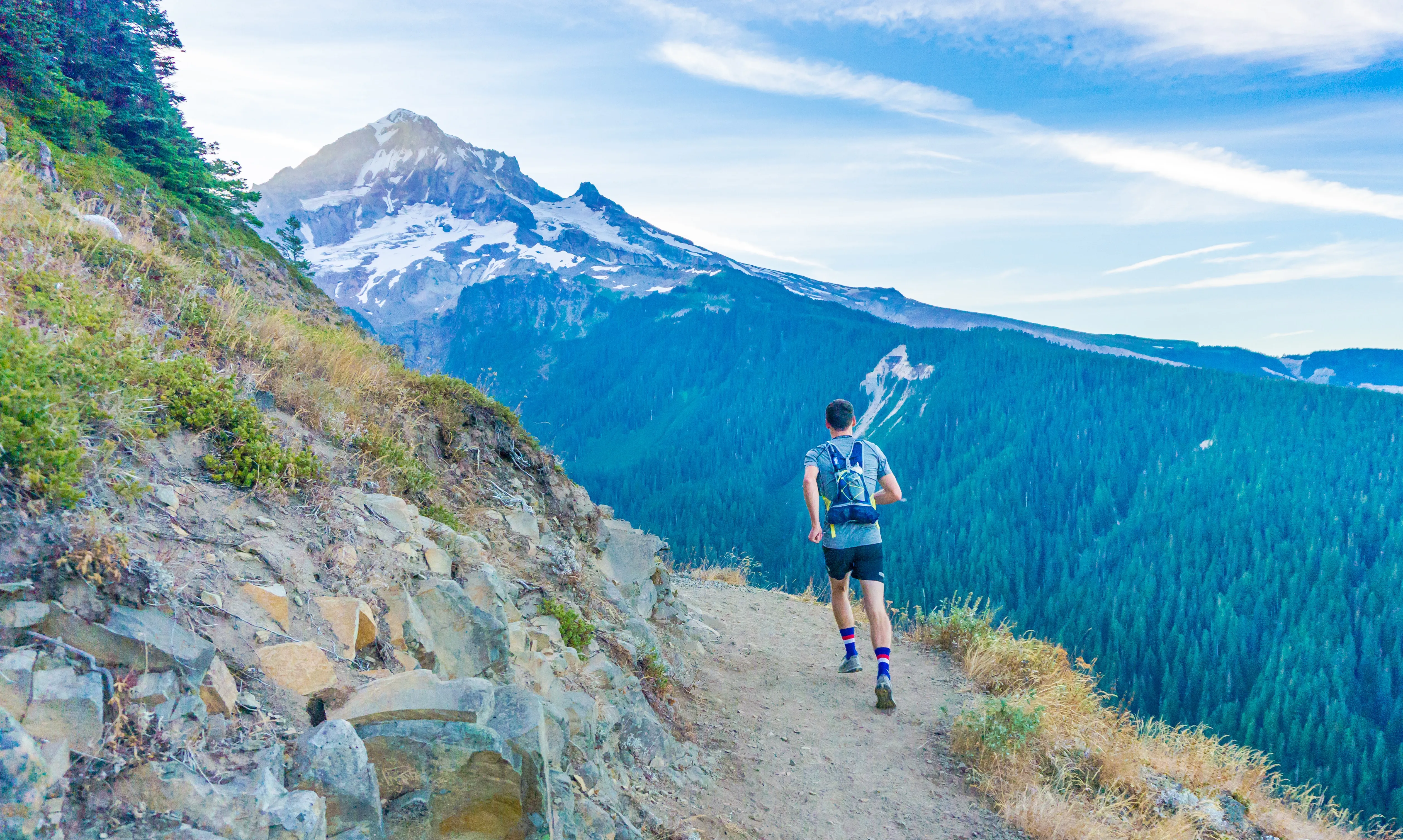
There’s no feeling quite like hitting a trail, feeling the sun warm your skin, and breathing in the fresh air. Whether it’s an oceanside trail at sea level, a city marathon, or a mountain race at higher altitudes, each has a unique charm. And equally different are the impacts on our bodies, depending on the altitude at which we choose to run. Let’s dig into the science behind this.
Understanding Altitude and its Impact on Running

At sea level, air is at its densest because of the weight of all the air above. This denser air means more oxygen is available to breathe in with each lungful. However, as you ascend, air gets thinner, and as a result, each breath you take contains less oxygen. This has significant impacts on exercise and performance, including running.
Our muscle cells require oxygen to produce energy. During intense exercise like running, the demand for oxygen increases. At high altitudes, with less oxygen available, our bodies struggle to meet these demands, which results in poorer performance. Runners may experience symptoms like faster fatigue, breathlessness, decreased endurance, and an increased heart rate even at slower paces.
Adapting to High Altitude Running

The good news is the human body is incredibly adaptable. Over time, it responds to reduced oxygen levels by producing more red blood cells (the cells that carry oxygen). This process is called acclimatization and usually starts approximately a week after the ascent to high altitudes and continues over several weeks. Wu Ting, a researcher at Hong Kong Baptist University, suggests that “2-3 weeks are necessary for the complete acclimatization process.”
Acclimatization reduces the impact of high altitude on running performance but doesn’t eliminate it. It’s also temporary and begins to reverse once you descend to lower altitudes.
Training for Altitude Running
For those planning to run a race at high altitude, it’s advantageous to train at high altitude before the race to give your body a chance to acclimatize.
If this is not possible, consider arriving at the race location a week or two earlier. However, as altitude affects individuals differently, consulting with a running coach or physiologist can help you come up with a personalized plan.
Tips for Running at High Altitudes
Here are some general tips for runners planning to run at high altitudes:
-
Hydrate well: High altitudes often mean drier air which can lead to quicker dehydration.
-
Stop if unwell: High Altitude Sickness is a serious condition. If you feel unwell (headache, nausea, etc.), descend immediately.
-
Slow down: Run at a slower pace than you would at sea level.
-
Rest and recover: Allow for rest days and longer recovery times as your body adjusts to the altitude.
-
Use gradual ascent: If possible, ascend gradually to give your body time to adjust to the changing environment.
Altitude indeed affects running performance, but with careful planning, training, and management, it doesn’t have to ruin the experience. The wonderful vistas, the feeling of running above the clouds, and the sense of accomplishment after completing a high-altitude run are all worthy of the extra effort. So strap your running shoes on, hydrate, and soak in the high-altitude adventure.




